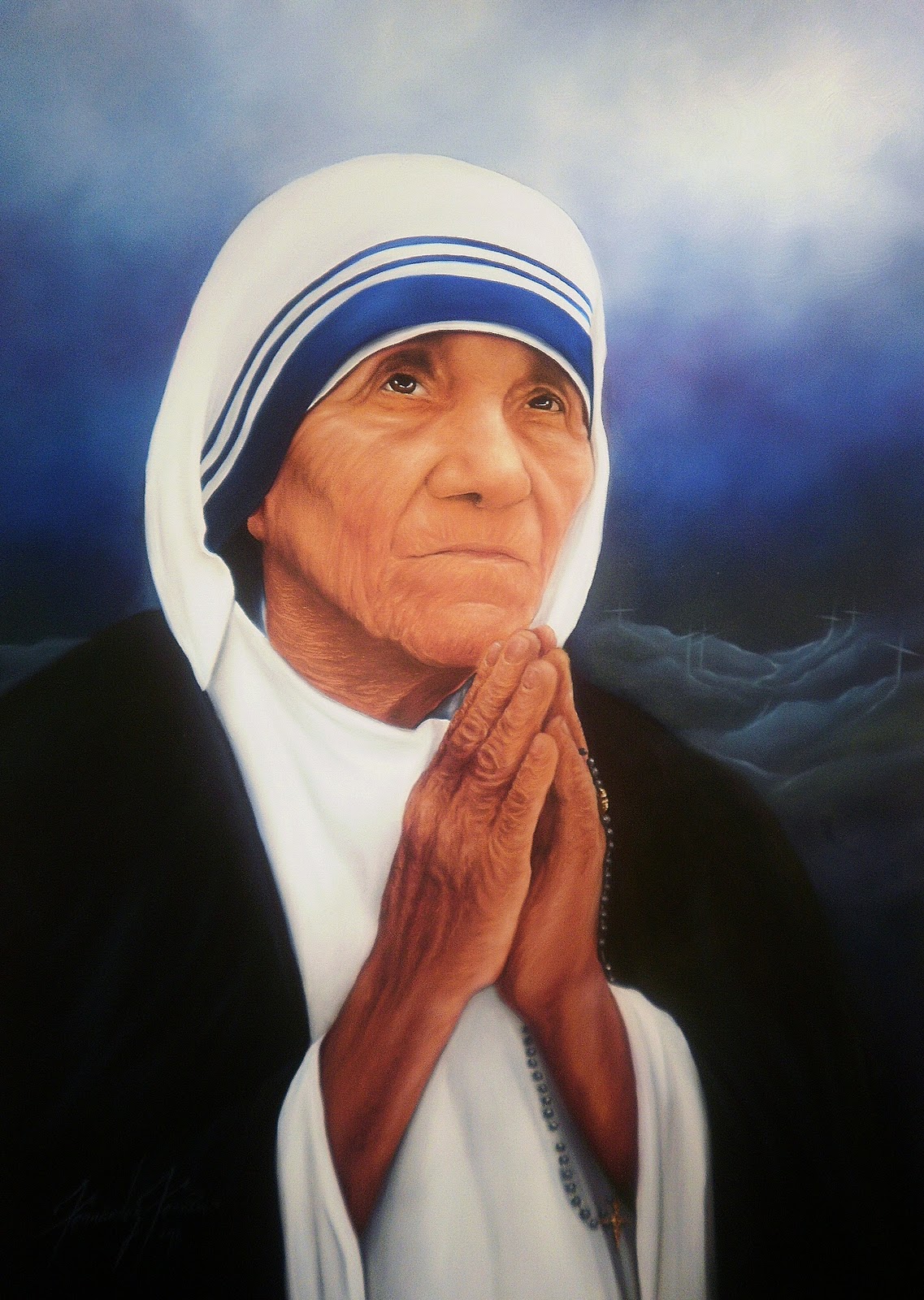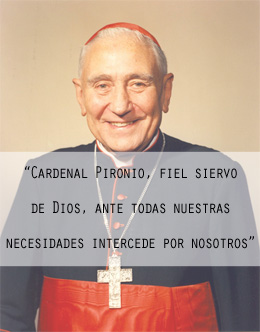
Mother Teresa
Catholic nun and missionary Mother Teresa was born circa August 26, 1910 , in Skopje, the current capital of the Republic of Macedonia. On August 27, 1910, a date frequently cited as her birthday, she was baptized as Agnes Gonxha Bojaxhiu. Mother Teresa’s parents, Nikola and Drana Bojaxhiu, were of Albanian descent; her father was an entrepreneur who worked as a construction contractor and a trader of medicines and other goods. The Bojaxhius were a devoutly Catholic family, and Nikola Bojaxhiu was deeply involved in the local church as well as in city politics as a vocal proponent of Albanian independence.
In 1919, when Mother Teresa was only 8 years old, her father suddenly fell ill and died. In the aftermath of her father’s death, Mother Teresa became extraordinarily close to her mother, a pious and compassionate woman who instilled in her daughter a deep commitment to charity.
Religious Calling
Mother Teresa attended a convent-run primary school and then a state-run secondary school. As a girl, Mother Teresa sang in the local Sacred Heart choir and was often asked to sing solos. The congregation made an annual pilgrimage to the chapel of the Madonna of Letnice atop Black Mountain in Skopje, and it was on one such trip at the age of 12 that Mother Teresa first felt a calling to a religious life. Six years later, in 1928, an 18-year-old Agnes Bojaxhiu decided to become a nun and set off for Ireland to join the Loreto Sisters of Dublin. It was there that she took the name Sister Mary Teresa after Saint Thérèse of Lisieux.
A year later, Mother Teresa traveled on to Darjeeling, India for the novitiate period; in May 1931, Mother Teresa made her First Profession of Vows. Afterward she was sent to Calcutta, where she was assigned to teach at Saint Mary’s High School for Girls, a school run by the Loreto Sisters and dedicated to teaching girls from the city’s poorest Bengali families. Mother Teresa learned to speak both Bengali and Hindi fluently as she taught geography and history and dedicated herself to alleviating the girls’ poverty through education.
On May 24, 1937, she took her Final Profession of Vows to a life of poverty, chastity and obedience. As was the custom for Loreto nuns, she took on the title of “mother” upon making her final vows and thus became known as Mother Teresa. Mother Teresa continued to teach at Saint Mary’s, and in 1944 she became the school’s principal. Through her kindness, generosity and unfailing commitment to her students’ education, she sought to lead them to a life of devotion to Christ. “Give me the strength to be ever the light of their lives, so that I may lead them at last to you,” she wrote in prayer.
A New Calling
However, on September 10, 1946, Mother Teresa experienced a second calling that would forever transform her life. She was riding a train from Calcutta to the Himalayan foothills for a retreat when Christ spoke to her and told her to abandon teaching to work in the slums of Calcutta aiding the city’s poorest and sickest people. “I want Indian Nuns, Missionaries of Charity, who would be my fire of love amongst the poor, the sick, the dying and the little children,” she heard Christ say to her on the train that day. “You are I know the most incapable person — weak and sinful but just because you are that — I want to use You for My glory. Wilt thou refuse?”
Since Mother Teresa had taken a vow of obedience, she could not leave her convent without official permission. After nearly a year and a half of lobbying, in January 1948 she finally received approval from the local Archbishop Ferdinand Périer to pursue this new calling. That August, wearing the blue and white sari that she would always wear in public for the rest of her life, she left the Loreto convent and wandered out into the city. After six months of basic medical training, she voyaged for the first time into Calcutta’s slums with no more specific goal than to aid “the unwanted, the unloved, the uncared for.”
The Missionaries of Charity
Mother Teresa quickly translated this somewhat vague calling into concrete actions to help the city’s poor. She began an open-air school and established a home for the dying destitute in a dilapidated building she convinced the city government to donate to her cause. In October 1950, she won canonical recognition for a new congregation, the Missionaries of Charity, which she founded with only 12 members — most of them former teachers or pupils from St. Mary’s School.
As the ranks of her congregation swelled and donations poured in from around India and across the globe, the scope of Mother Teresa’s charitable activities expanded exponentially. Over the course of the 1950s and 1960s, she established a leper colony, an orphanage, a nursing home, a family clinic and a string of mobile health clinics.
International Charity and Recognition
In February 1965, Pope John Paul VI bestowed the Decree of Praise upon the Missionaries of Charity, which prompted Mother Teresa to begin expanding internationally. By the time of her death in 1997, the Missionaries of Charity numbered over 4,000 — in addition to thousands more lay volunteers — with 610 foundations in 123 countries on all seven continents.
In 1971, Mother Teresa traveled to New York City where she opened a soup kitchen as well as a home to care for those infected with HIV/AIDS.
The next year she went to Beirut, Lebanon, where she crossed frequently between Christian East Beirut and Muslim West Beirut to aid children of both faiths. Mother Teresa has received various honors for her tireless and effective charity. She was awarded “Jewel of India,” the highest honor bestowed on Indian civilians,
In 1971, Mother Teresa traveled to New York City where she opened a soup kitchen as well as a home to care for those infected with HIV/AIDS.
The next year she went to Beirut, Lebanon, where she crossed frequently between Christian East Beirut and Muslim West Beirut to aid children of both faiths. Mother Teresa has received various honors for her tireless and effective charity. She was awarded “Jewel of India,” the highest honor bestowed on Indian civilians, as well as the now-defunct Soviet Union’s Gold Medal of the Soviet Peace Committee. Then, in 1979, Mother Teresa won her highest honor when she was awarded the Nobel Peace Prize in recognition of her work “in bringing help to suffering humanity.”
Death and Legacy
After several years of deteriorating health in which she suffered from heart, lung and kidney problems, Mother Teresa died on September 5, 1997 at the age of 87.
For her unwavering commitment to aiding those most in need, Mother Teresa stands out as one of the greatest humanitarians of the 20th century. She combined profound empathy and a fervent commitment to her cause with incredible organizational and managerial skills that allowed her to develop a vast and effective international organization of missionaries to help impoverished citizens all across the globe.
Her order established a hospice; centers for the blind, aged, and disabled; and a leper colony. She was summoned to Rome in 1968, and in 1979 received the Nobel Peace Prize for her humanitarian work.
However, despite the enormous scale of her charitable activities and the millions of lives she touched, to her dying day she held only the most humble conception of her own achievements. Summing up her life in characteristically self-effacing fashion, Mother Teresa said, “By blood, I am Albanian. By citizenship, an Indian. By faith, I am a Catholic nun. As to my calling, I belong to the world. As to my heart, I belong entirely to the Heart of Jesus.”
Less than two years after her death, Pope John Paul II permitted the opening of her Cause of Canonization. On 20 December 2002 he approved the decrees of her heroic virtues and miracles.



